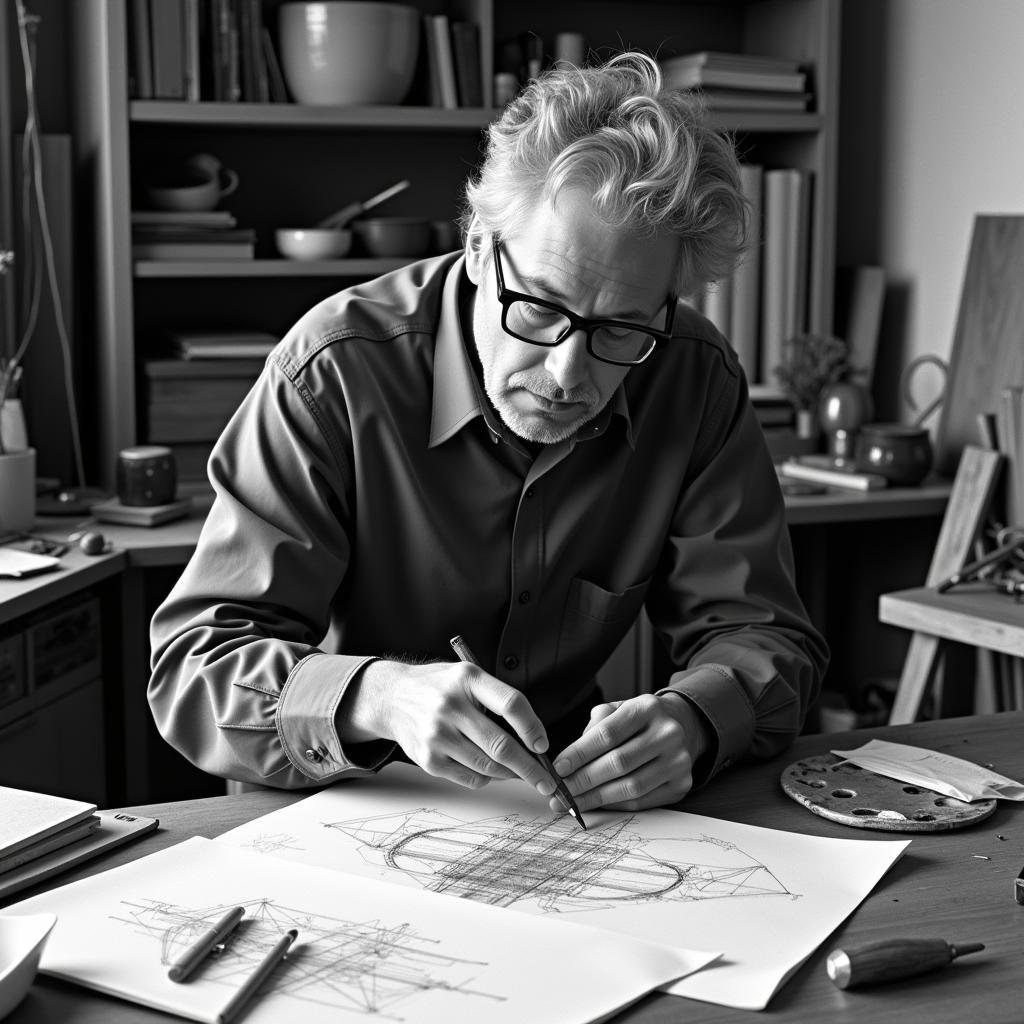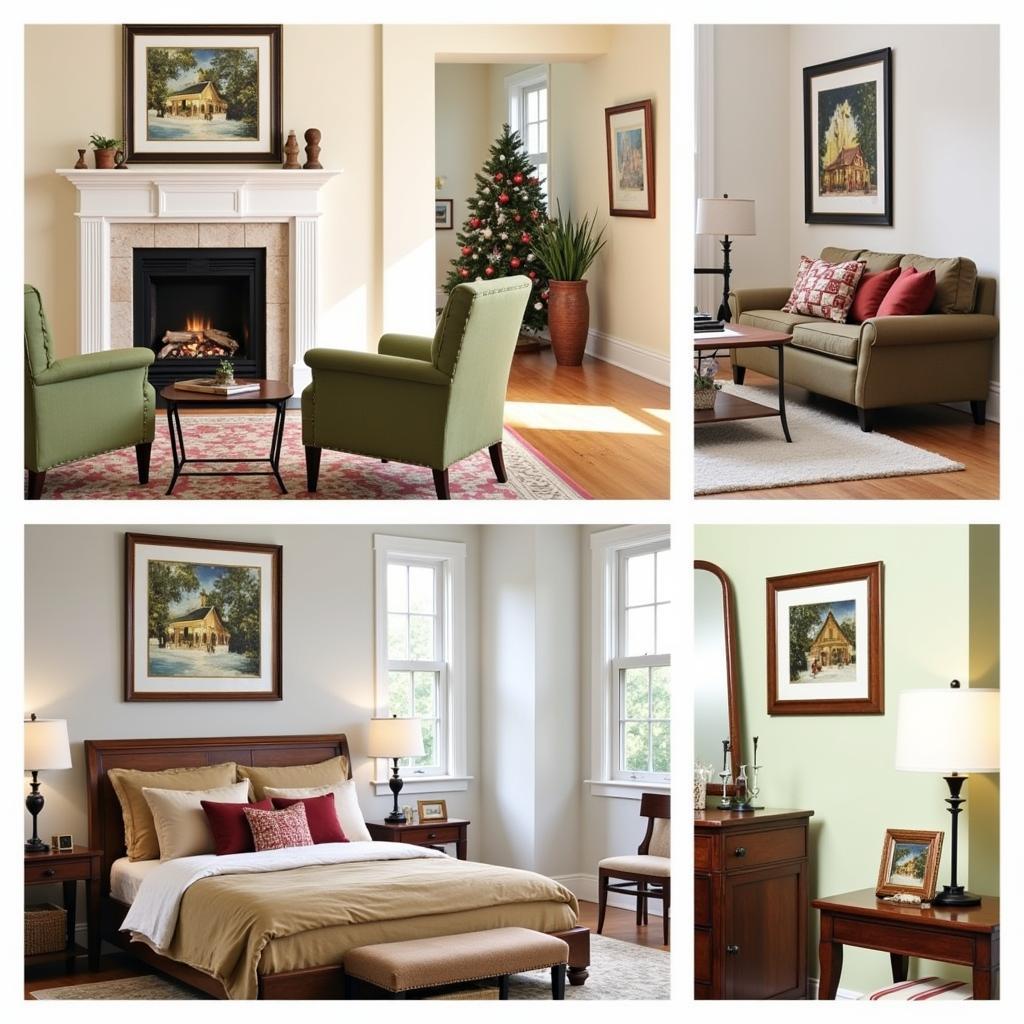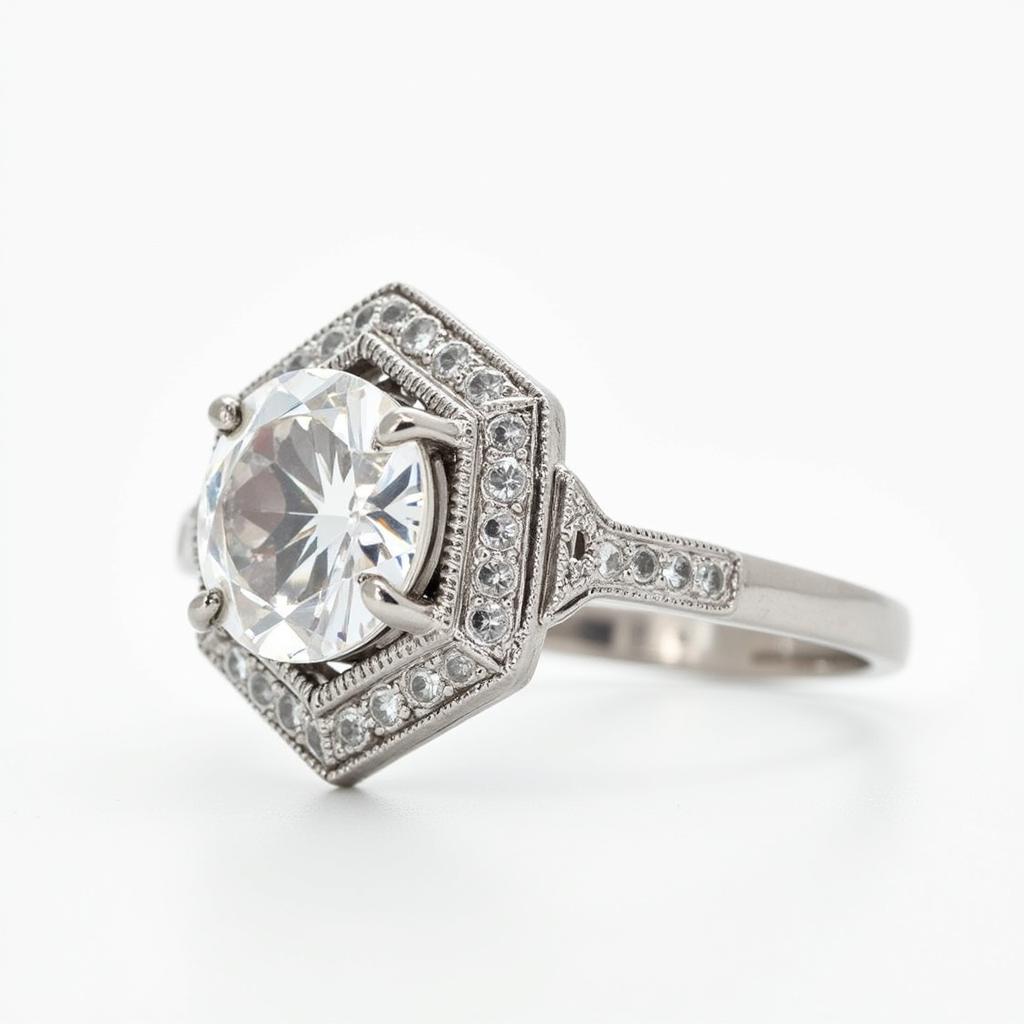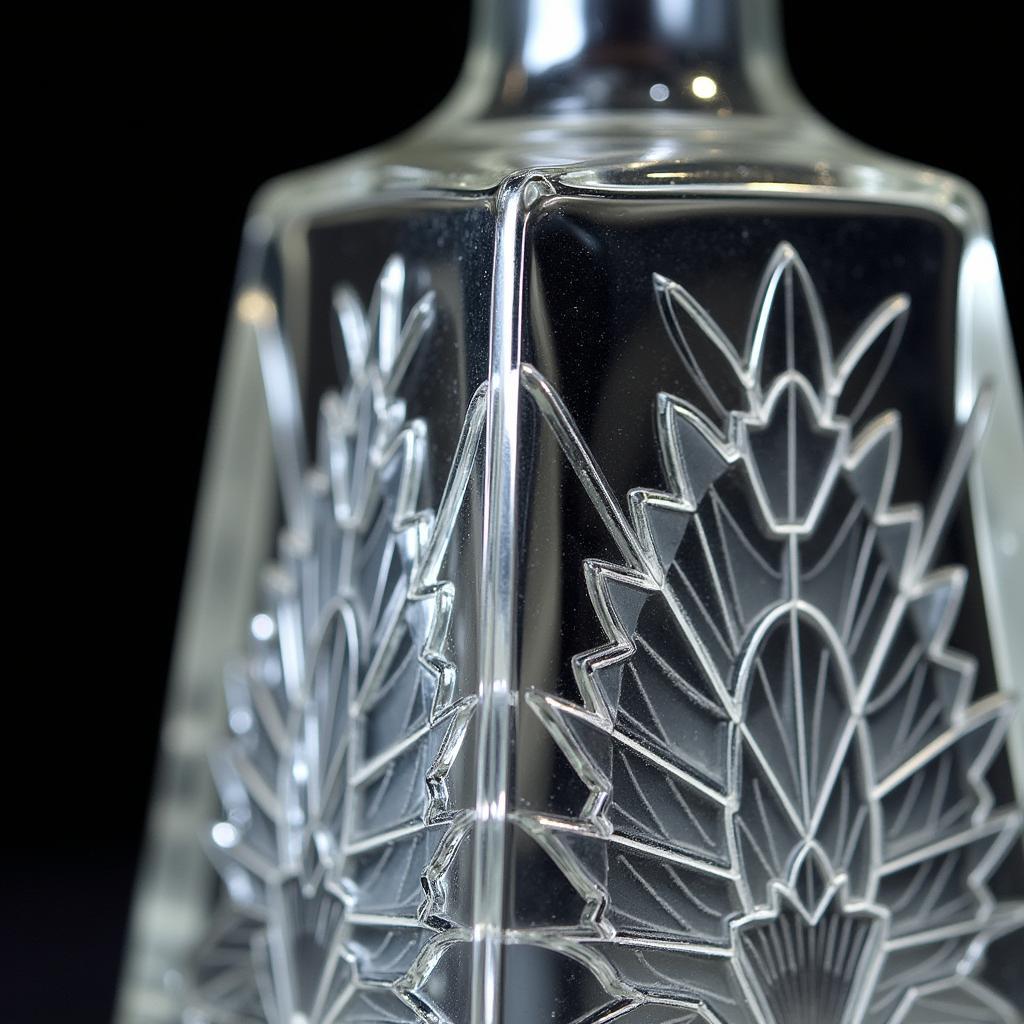Mastering Martial Arts Photography: Capturing the Power and Grace
Martial Arts Photography is an exciting niche that combines the dynamic energy of martial arts with the artistry of photography. It demands a keen eye, technical prowess, and an understanding of the discipline itself to truly capture the essence of these powerful art forms. This article delves into the world of martial arts photography, exploring techniques, equipment, and creative approaches to help you create stunning images that embody the spirit of these ancient practices. After the introduction, we will explore different aspects of this art form. Check out our resources on arbo arts for more artistic inspiration.
The Art of Freezing Motion: Essential Techniques for Martial Arts Photography
Capturing the lightning-fast movements of martial arts requires a mastery of specific photographic techniques. A high shutter speed is crucial to freeze the action and avoid motion blur. Experiment with shutter speeds of 1/500th of a second or faster, depending on the speed of the technique being performed. A wide aperture (low f-stop number) can help isolate the subject and create a shallow depth of field, drawing attention to the martial artist. Continuous autofocus mode is essential for tracking moving subjects, ensuring sharp focus throughout the sequence of movements.
Understanding the nuances of different martial arts styles is also vital. Knowing the key poses, transitions, and moments of impact will allow you to anticipate the action and capture the most dramatic shots. Work closely with the martial artist to understand their movements and plan your shots accordingly.
Lighting and Composition: Enhancing the Visual Narrative
Lighting plays a crucial role in conveying the mood and atmosphere of martial arts photography. Natural light can be used to create dramatic silhouettes or highlight the intricate details of a martial artist’s uniform. Studio lighting allows for greater control and can be used to create specific effects, emphasizing muscle definition and creating a sense of power.
Composition is equally important in telling a compelling story. Consider using leading lines, the rule of thirds, and negative space to create visually balanced and engaging images. Experiment with different angles and perspectives, shooting from low angles to emphasize the height and power of a kick or from high angles to showcase the overall form and flow of a kata. Father and daughter art can also be a great subject for your artistic endeavors.
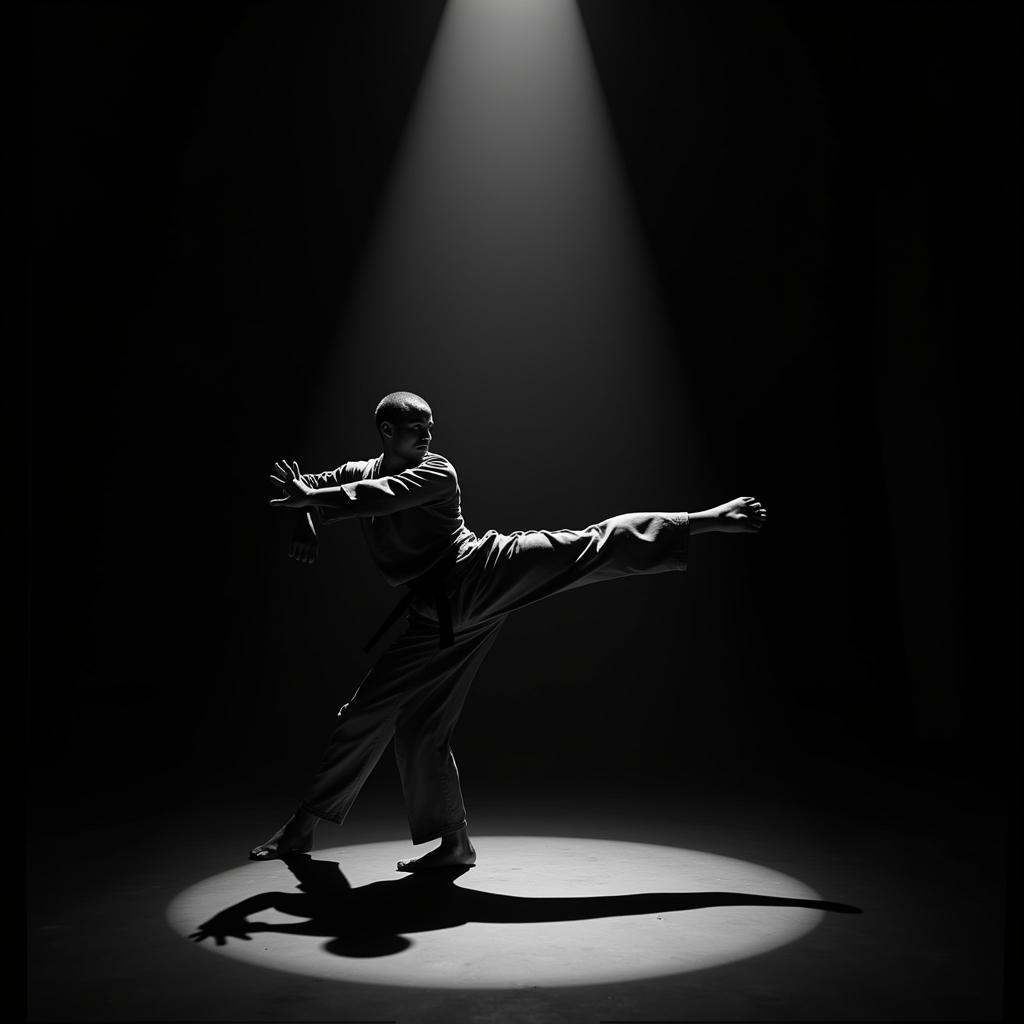 Martial artist performing kata in a spotlight
Martial artist performing kata in a spotlight
Equipment Essentials: From Cameras to Lenses
While a professional camera offers greater control and image quality, even entry-level DSLRs or mirrorless cameras can produce stunning martial arts photos with the right techniques and settings. Investing in a fast lens with a wide aperture is crucial for capturing action in low light and creating a shallow depth of field. A telephoto lens can be useful for capturing distant subjects or compressing the background, while a wide-angle lens can be used to capture the entire scene and create a sense of grandeur. A tripod can be helpful for maintaining stability during long exposures or when shooting video, while a remote shutter release can minimize camera shake and ensure sharp images. Perhaps you are interested in law enforcement art as well.
What Camera Settings Are Best for Martial Arts Photography?
The ideal camera settings vary depending on the specific situation, but a good starting point is a high shutter speed (1/500s or faster), a wide aperture (f/2.8 or lower), and continuous autofocus mode. Adjust the ISO as needed to maintain a proper exposure.
How Do I Capture the Emotion and Intensity of Martial Arts?
Focus on capturing the expressions on the martial artists’ faces, the tension in their muscles, and the dynamic energy of their movements. Work closely with them to understand their art and anticipate key moments.
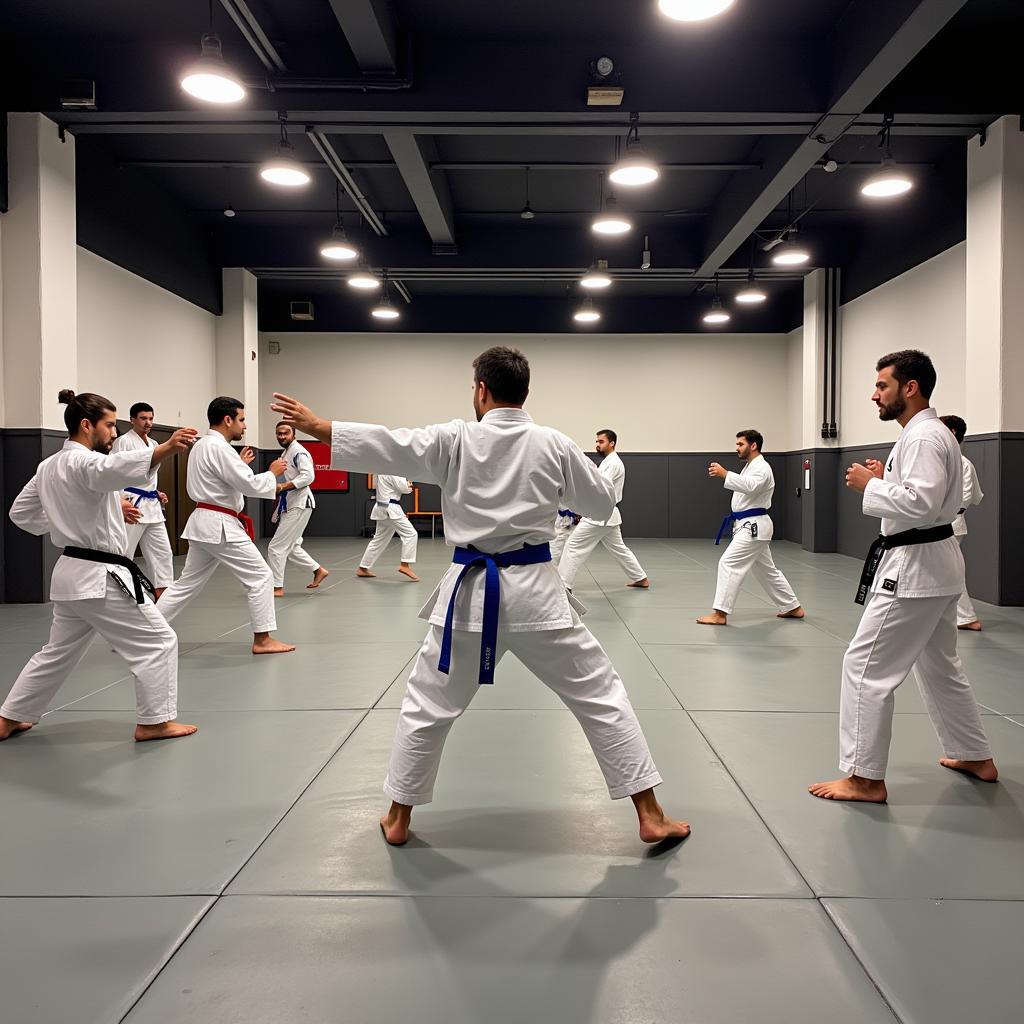 Group of martial artists training in a dojo
Group of martial artists training in a dojo
Capturing the Spirit: Telling a Story Through Your Lens
Martial arts photography is more than just freezing a moment in time; it’s about capturing the spirit and essence of these disciplines. Tell a story through your images by focusing on the dedication, discipline, and passion of the martial artists. Capture the intensity of a sparring match, the grace of a kata, or the quiet focus of meditation. By understanding the art form and connecting with the martial artists, you can create images that truly resonate with viewers and convey the profound beauty and power of martial arts. If you’re looking to expand your art selling strategies, Instagram selling art might be a good avenue to explore.
Conclusion
Martial arts photography presents a unique opportunity to blend artistic vision with technical skill. By mastering the techniques discussed in this article, you can capture the dynamic energy, grace, and power of martial arts, creating images that transcend mere snapshots and become works of art. Remember, the key is to practice, experiment, and continually refine your skills to capture the true spirit of these ancient practices. Keep exploring and refining your martial arts photography skills!
FAQ
- What is the best lens for martial arts photography?
A fast telephoto lens with a wide aperture (e.g., 70-200mm f/2.8) is ideal. - How do I freeze motion in martial arts photography?
Use a high shutter speed (1/500s or faster). - What is the importance of lighting in martial arts photography?
Lighting helps create mood, highlight details, and enhance the overall impact of the image. - How can I improve my composition in martial arts photography?
Study compositional techniques like the rule of thirds, leading lines, and negative space. - What are some tips for capturing the spirit of martial arts?
Focus on the martial artists’ expressions, movements, and the overall energy of the scene. - What are some resources for learning more about art classes in springfield ohio?
You can find resources by searching online for “art classes in Springfield, Ohio.” - What’s the best aperture for shooting martial arts indoors?
A wide aperture, like f/2.8 or wider, is best for indoors to let in more light.
For any support or inquiries, please contact us via Phone: 02462573573, Email: danteum@gmail.com or visit our address: Savico Megamall, 7-9 Đ. Nguyễn Văn Linh, Gia Thụy, Long Biên, Hà Nội 10000, Việt Nam. We have a 24/7 customer support team.
